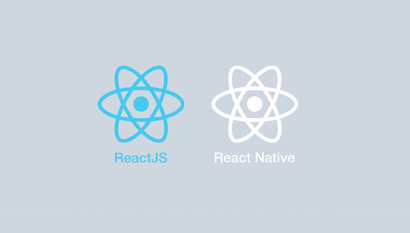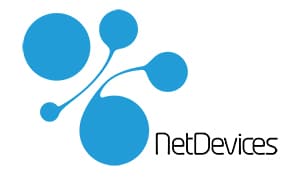Displaying an image portfolio in mobile applications is essential for many uses: illustrations, product details, portfolio. We're going to explore the benefits of using React Native to develop Android and iOS mobile applications that display an image portfolio. React Native is an open-source framework for developing mobile apps. React Native offers numerous advantages in terms of productivity, performance and user-friendliness.
Cross-platform development
One of the main advantages NetDevices found in React Native is that it has been designed to enable the development of mobile applications for both Android and iOS using the "native" capabilities of the OS (operating system) but with a single source code. This means that developers no longer need to create and maintain two specific codes for iOS and Android applications. As a result, development effort and costs are greatly reduced. With React Native, source code is shared across environments, speeding up the development process, speeding up testing (a single test for all phones) and making bug fixes and upgrades less cumbersome.

Native performance
Although React Native is a cross-platform framework, it offers native performance thanks to its architecture. Applications developed with React Native are compiled as native code, providing access to the functionality and performance of the underlying OS. To display a portfolio of images, this means thatapplication will react fluidly and quickly, offering an optimal user experience.
It can also be used to create animations to bring the user experience into line with the most popular applications.
Large developer community
React Native benefits from an active and fast-growing developer community. As a result, we find many open source resources, tutorials, libraries and components available. This facilitates development in general, and in the case of a feature-rich image portfolio, for example.
Reusable components in React Native
React Native takes a component-based approach, which means you can create reusable components to display images, galleries, carousels and other elements of an image portfolio. This speeds up development by reusing well-tested code blocks and avoiding duplication of work. What's more, the flexibility of React Native components makes it easy to adjust the appearance and behavior of UI elements to meet specific portfolio needs.
Hot Reloading and rapid development
React Native offers Hot Reloading capabilities, which means that developers can instantly see changes made to their code during the development process. This speeds up the development cycle considerably, enabling developers to quickly test different configurations, layouts and styles to optimize the appearance and user experience of the image portfolio.
The hotreloading explains why you can see developers shaking their phones ! At first it seemed odd, but it's the way to restartapplication.
In conclusion
The use of React Native to display a portfolio of images in mobile applications Android and iOS has many advantages. The cross-platform development, developer community, reusable components and rapid development features make React Native a popular choice for mobile app developers. Using this framework, developers can create interactive, fluid and attractive image portfolios for users of both platforms, while saving development time and effort.
At NetDevices we've been using React Native since the alpha versions, and have built up considerable expertise in this area.

